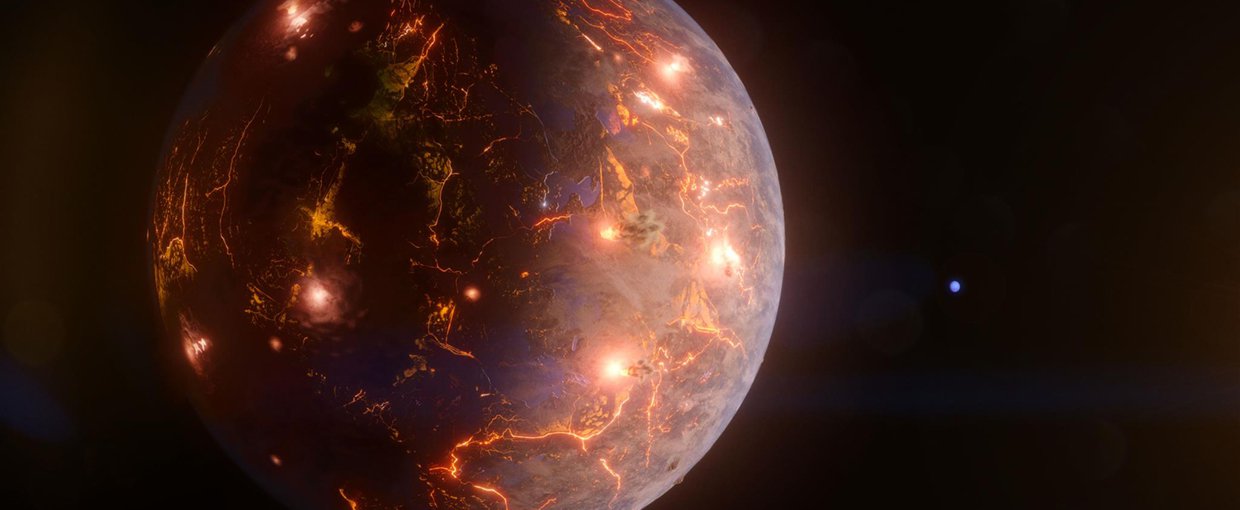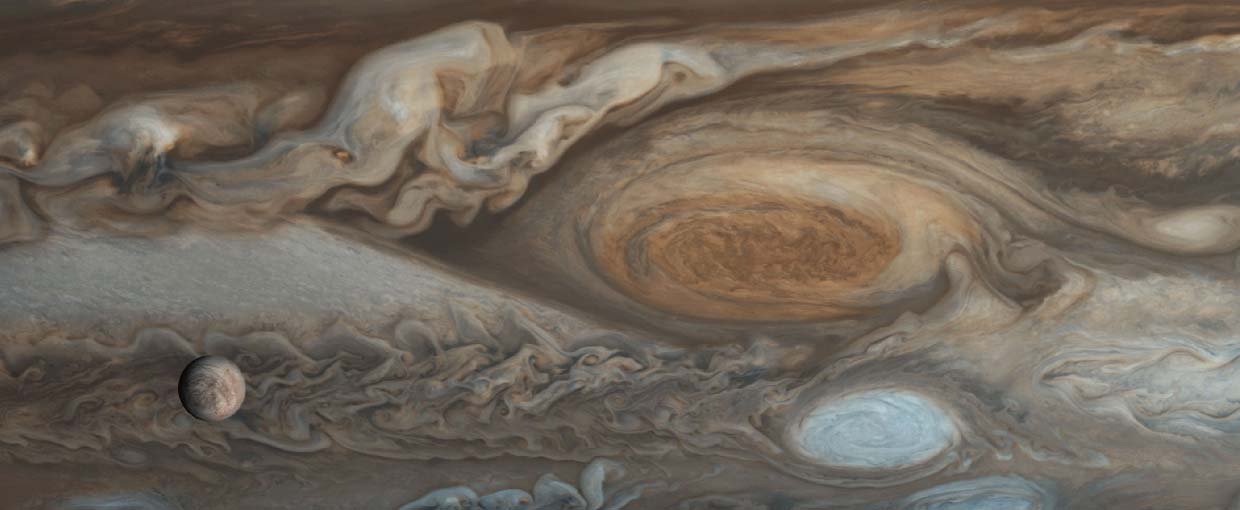Biersteker, J. B., Weiss, B. P., Heinisch, P., Herčik, D., Glassmeier, K-H., & Auster, H-U. (2019). Implications of Philae Magnetometry Measurements at Comet 67P/Churyumov–Gerasimenko for the Nebular Field of the Outer Solar System. The Astrophysical Journal, 875(1), 39. doi:10.3847/1538-4357/ab0f2a
Gibard, C., Jiménez, E. I., Kee, T., Krishnamurthy, R., & Pasek, M. (2019). Geochemical Sources and Availability of Amidophosphates on the Early Earth. Angewandte Chemie International Edition. doi:10.1002/anie.201903808
Léger, A., Defrère, D., Muñoz, A. G., Godolt, M., Grenfell, J. L., Rauer, H., & Tian, F. (2019). Searching for Atmospheric Bioindicators in Planets around the Two Nearby Stars, Proxima Centauri and Epsilon Eridani—Test Cases for Retrieval of Atmospheric Gases with Infrared Spectroscopy. Astrobiology. doi:10.1089/ast.2018.1938
Chen, H., Meshik, A. P., Pravdivtseva, O. V., Day, J. M. D., & Wang, K. (2019). Potassium isotope fractionation during the high-temperature evaporation determined from the Trinity nuclear test. Chemical Geology. doi:10.1016/j.chemgeo.2019.04.028
Kang, W. (2019). Mechanisms Leading to a Warmer Climate on High-obliquity Planets. The Astrophysical Journal, 876(1), L1. doi:10.3847/2041-8213/ab18a8
Lee, C., Love, G. D., Jahnke, L. L., Kubo, M. D., & Des Marais, D. J. (2019). Early diagenetic sequestration of microbial mat lipid biomarkers through covalent binding into insoluble macromolecular organic matter (IMOM) as revealed by sequential chemolysis and catalytic hydropyrolysis. Organic Geochemistry. doi:10.1016/j.orggeochem.2019.04.002
Simon, S. B., Krot, A. N., & Nagashima, K. (2019). Oxygen and Al‐Mg isotopic compositions of grossite‐bearing refractory inclusions from CO 3 chondrites. Meteoritics & Planetary Science. doi:10.1111/maps.13282
Haenecour, P., Howe, J. Y., Zega, T. J., Amari, S., Lodders, K., José, J., … Muto, A. (2019). Laboratory evidence for co-condensed oxygen- and carbon-rich meteoritic stardust from nova outbursts. Nature Astronomy. doi:10.1038/s41550-019-0757-4
Vokrouhlický, D., Nesvorný, D., & Dones, L. (2019). Origin and Evolution of Long-period Comets. The Astronomical Journal, 157(5), 181. doi:10.3847/1538-3881/ab13aa
Carrera, D., Ford, E. B., & Izidoro, A. (2019). Formation of short-period planets by disc migration. Monthly Notices of the Royal Astronomical Society, 486(3), 3874–3885. doi:10.1093/mnras/stz974



